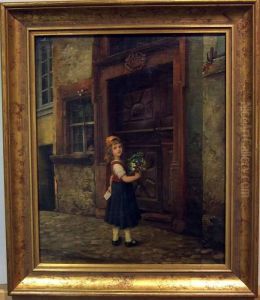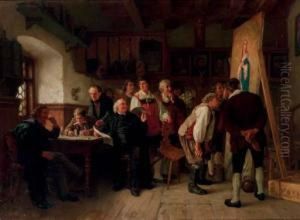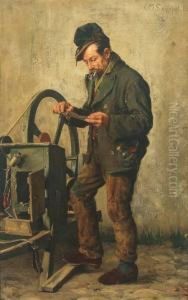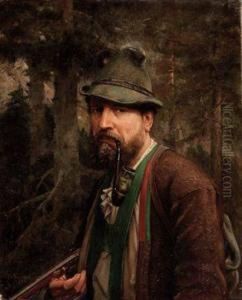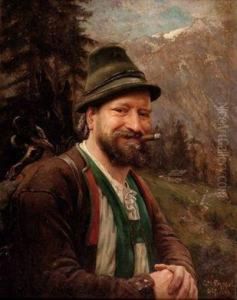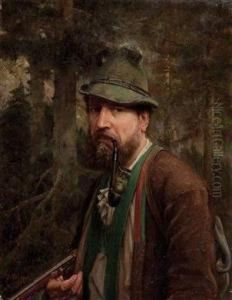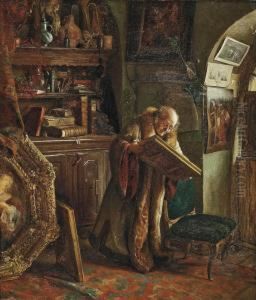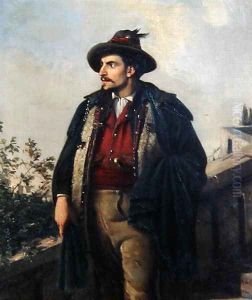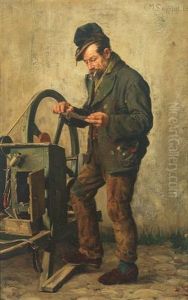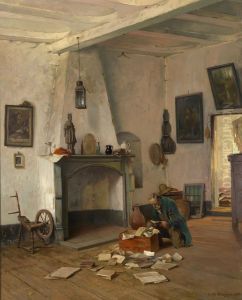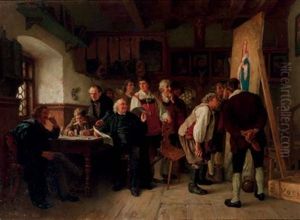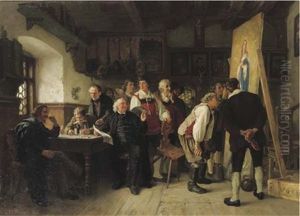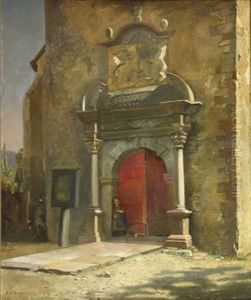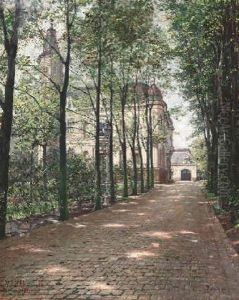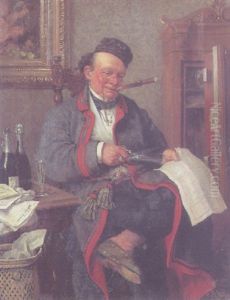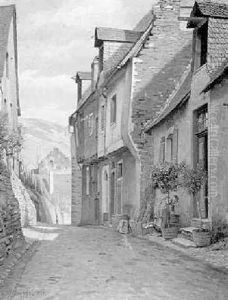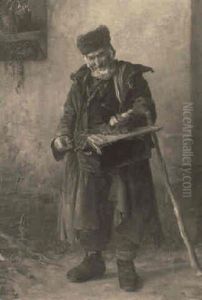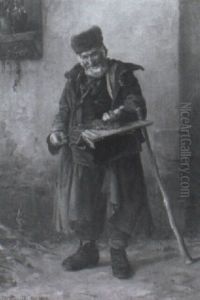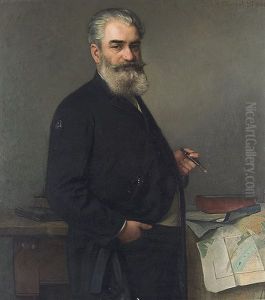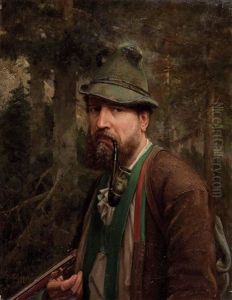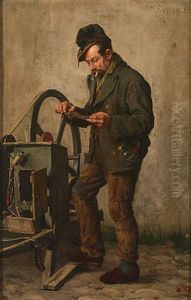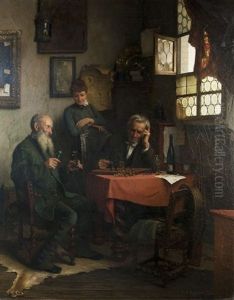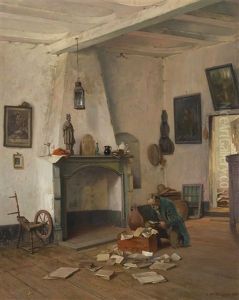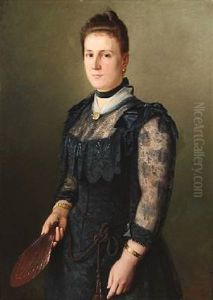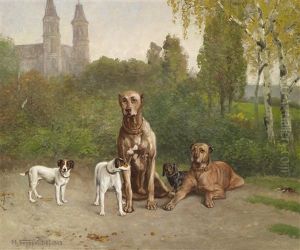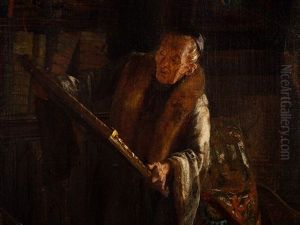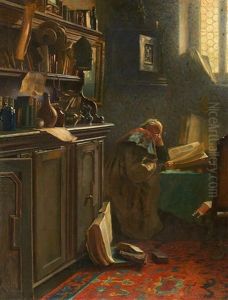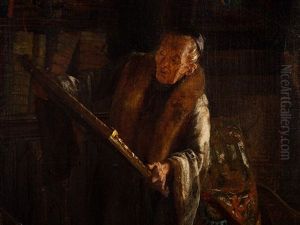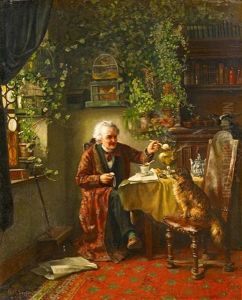Carl Maria Seyppel Paintings
Carl Maria Seyppel, a German artist and writer, was born in Düsseldorf in 1847 and passed away in 1913. Seyppel's unique contribution to the world of art and literature was marked by his innovative blending of Egyptian motifs with satirical content, creating a distinct niche that set him apart from his contemporaries. His work, especially noted for its humorous take on ancient Egyptian culture, played a significant role in the way Egyptology influenced popular culture during his time.
Educated in the arts in his hometown, Seyppel's early career was characterized by his engagement with conventional painting and drawing. However, his artistic trajectory took a notable turn as he delved into the burgeoning field of Egyptology, which was capturing the European imagination following key archaeological discoveries in the 19th century. Seyppel's fascination with ancient Egypt was not just academic; he saw in it a rich vein of material for his satirical impulses.
Seyppel's most famous work, 'Schuschu der Kinderfreund' (Schuschu the Child-Friend), published in 1881, exemplifies his unique blend of humor and ancient motifs. The book was a parody of the then-popular academic publications on Egyptology, presented in a mock-serious tone with hieroglyphic-esque illustrations that Seyppel claimed were 'translated' from the ancient texts. This work, and others like it, showcased Seyppel's adeptness at using humor to critique contemporary society under the guise of ancient wisdom. His creations were not just mere parodies but also contained insightful observations on human nature and society, wrapped in the enchanting allure of a bygone era.
Despite his innovative contributions, Seyppel's work occupies a niche position in the broader scope of art history. His legacy, however, is seen in how he managed to intersect the worlds of art, literature, and archaeology, thereby influencing the artistic and cultural narratives of his time. Seyppel's ability to infuse satire with scholarly interests makes him a fascinating figure, representing a unique intersection of 19th-century cultural trends. His death in 1913 marked the end of a career that, while not widely celebrated in mainstream art historical narratives, left an indelible mark on the intersection of art and Egyptology.
